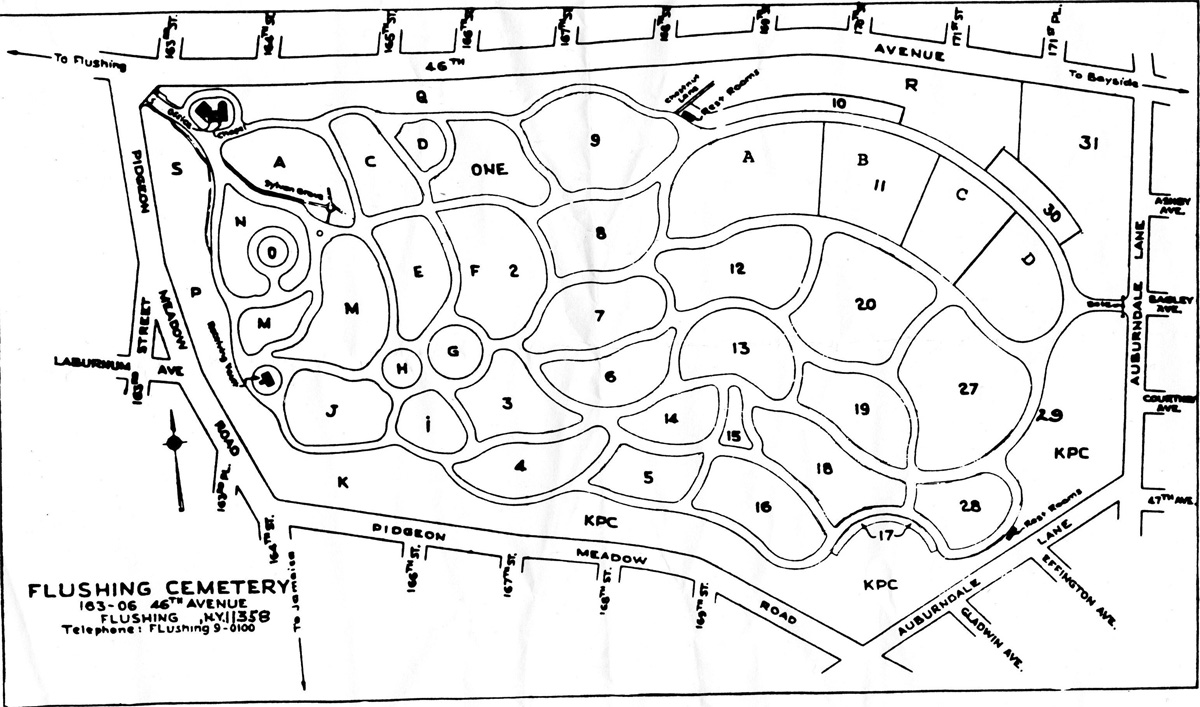Louis Armstrong
Fun Facts
Not only was Louis Armstrong a great solo performer, but during his lifetime he played with such music legends as Joseph “King” Oliver, Fletcher Henderson, Ella Fitzgerald, Earl “Fatha” Hines, Barney Bigard, Edmond Hall, Jack Teagarden, Cozy Cole, Bing Crosby, Duke Ellington, Jimmie Rodgers, and Bessie Smith.
At the height of his career, Armstrong played 300 dates per year over a 30 year period. During that time he lived in hotel suites, never having a permanent home. When he married his 3rd wife, Lucille Wilson (a singer at the Cotton Club in New York) in October 1942, she insisted he purchase a home. The house at 34-56 107th Street, Corona, Queens, New York is now a museum and was the only home Louis Armstrong owned during his adult lifetime.
On February 4, 1924, Armstrong married Lil Hardin Armstrong, King Oliver’s pianist. She had divorced her first husband a few years earlier. Armstrong’s second wife helped him develop his career, urging Armstrong to seek more prominent billing and develop his style apart from the influence of Oliver. At her suggestion, Armstrong began to play classical music in church concerts to broaden his skills; and Armstrong began to dress more in more stylish attire to offset his girth. Her influence eventually undermined Armstrong’s relationship with his mentor, especially concerning his salary and additional money that Oliver held back from Armstrong and other band members. Shortly after Armstrong, with Lil Hardin, formed the famous Louis Armstrong Hot Five and later the Hot Seven jazz bands that launched Armstrong’s career to new heights.
Lil Hardin is never mentioned by the Louis Armstrong Foundation or Museum despite her undeniable influence on the history of Louis Armstrong’s rise as a cultural icon.
Cemetery Information:
Final Resting Place:
Flushing Cemetery
163-6 46th Avenue
Flushing, Queens, New York, 11358
USA
North America
Map:

Grave Location:
Section 9Grave Location Description
As you enter the cemetery (with the office on your left) turn left just after the office. Drive ahead and turn right on the 4th intersection. Park and look to your left into Section 9 and you will see the back of the black marble monument with the ivory trumpet on top. You have now found the final resting of the one of the greatest musicians in American musical history – Mr. Louis Armstrong.
Grave Location GPS
40.753320, -73.800506Visiting The Grave:
Photos:
FAQ's
Read More About Louis Armstrong:
- Wikipedia Entry
- The 50th Anniversary of Louis Armstrong Passing
- The Louis Armstrong House and Museum in Queens
- The funeral of Louis Armstrong
- The Birthplace of Louis Armstrong
- Louis Armstrong: A Cultural Legacy
- Not a wonderful world: why Louis Armstrong was hated by so many
- The Legacy of Louis Armstrong’s Music Teacher Peter Davis
- Louis Armstrong: Poison in Their Coffee
- Satchmo: The Life of Louis Armstrong










